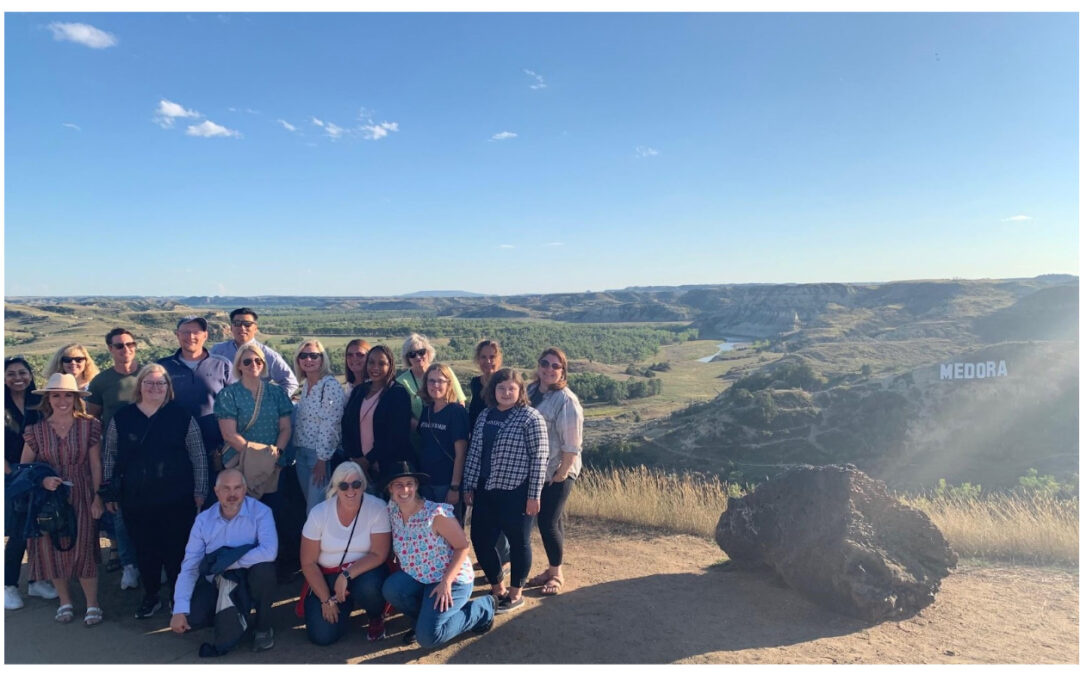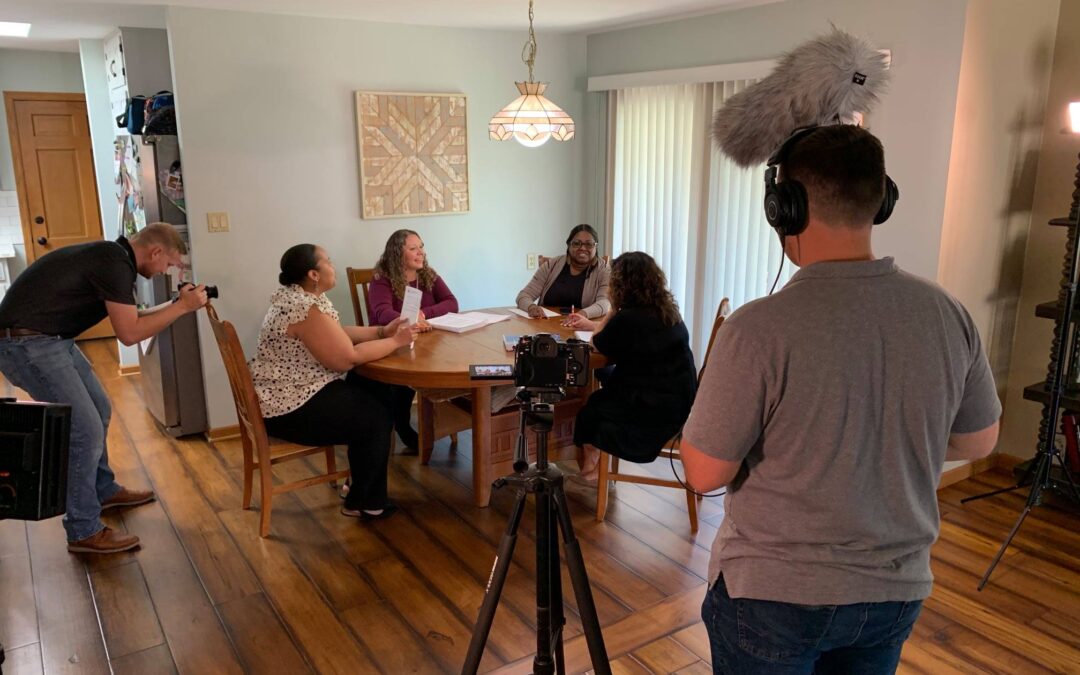It can be rewarding to provide a program or service meeting an important community need! Part of providing your program or service is meeting the contractual and grant obligations laid out, but how do you go beyond that and ensure you keep things fresh? This is essential as you manage the program over time.
4 Steps
Using a program we manage, we outline how we have refreshed our approach and avoided being complacent to achieve a more significant impact:
Focus on Mission
Understanding the purpose and mission of the program being implemented is vital, especially as you look to make updates.
-
- The Indiana Heart Gallery (aka Heart Gallery) is a program created by the Indiana Department of Child Services in 2007 as one way to help children in foster care across Indiana find a family to call their own. Many children featured in the Heart Gallery are older or special needs children, minorities, or members of a sibling group. The Heart Gallery is unique because of the professional portraits of these youth that create the display, which connects a face to a sometimes invisible need.
- The primary purpose of the Heart Gallery is to raise awareness about foster adoption in Indiana and to help find families for the children featured. As we consider changes and opportunities for the program, we continue to go back to how this would support the purpose of the Heart Gallery.
Evaluate Program Implementation
A big part of meeting your goals is how you deliver the services. It can be helpful to reassess the processes, procedures, and systems that support your program. Ask yourself, “Is this the best process to implement __, or do we do it this way because it’s always been done this way?”; “What are the opportunities for growth?”
-
- We partner with organizations across the state to host the Heart Gallery. After some review and discussion, we found that the same types of venues tended to be the ones hosting the Heart Gallery: churches, YMCAs, and libraries. While those venues had the target audience of the Heart Gallery (venues where families frequent and can take a moment to visit the display), we wanted to expand beyond those venues to reach other potential adoptive families across the state.
- We reviewed the types of venues where the Heart Gallery was on display and took a deeper look at where those venues were located. For example, we found that we were visiting all of the DCS regions of the state, but they had yet to be on display in every county across the state.
Gather Feedback
Find out what your staff and external partners would like to see differently about the project.
-
- With the Heart Gallery, we send a survey to the primary contact who hosts the Heart Gallery. This helps us better understand how to support our host partners and solicit new ideas. We also have a tracking sheet dedicated to venue feedback so that staff can share thoughts and ideas on each venue. Through this, we learned that front-line staff at some venues wanted more information on the Heart Gallery to answer common questions better. This resulted in developing a Host Packet, shared electronically with the contact for the venue to pass along to the staff and in hard copy when the display is set up to leave on-site.
- The Project Manager also talked with staff about what is working and what could be improved. Through those conversations, it was discovered that the collateral materials (banner, brochure, swag) would benefit from a revamp in design and use, including the development of new outreach tools.
Plan for Change
Use feedback gathered and meet with staff to outline the priorities of suggested changes. Consider the updates that will have the most significant impact on the project’s purpose and staff efficiencies.
-
- Through conversations with Heart Gallery staff, it was determined that updating the collateral materials and processes for targeting locations would have the most immediate impact on the purpose of the project and staff efficiencies. Mainly, we will rebrand the materials in place, develop a few new tools, and implement outreach tours for targeted outreach.
- The Project Manager developed an Outreach Tour Proposal based on the upcoming Heart Gallery schedule to find new host partners in specific geographic areas. The team discussed how to make it a successful event to reach the program’s goals. After the first outreach tour, the team reconvened to assess how it went, what changes to make to the next one, and what systems/processes to standardize for other team members. Through planning and reassessing, the outreach tours are now an effective outreach strategy for the Heart Gallery.
- We are scheduling a planning retreat for the Heart Gallery this fall to discuss 2018 goals. Reflecting on your programs and services, their impact, and how they are delivered can reenergize your staff and get you closer to accomplishing your goals.
Contact Us
Does it feel like your programs or staff are stuck in a rut? It might be time to reassess your programs, how they are delivered, and the impact you want to accomplish. At Transform Consulting Group, we want to help boost your programs. Contact us today for a free consultation!
If you want to learn more about the Heart Gallery, go to http://www.in.gov/dcs/3033.htm or www.adoptachild.in.gov.





